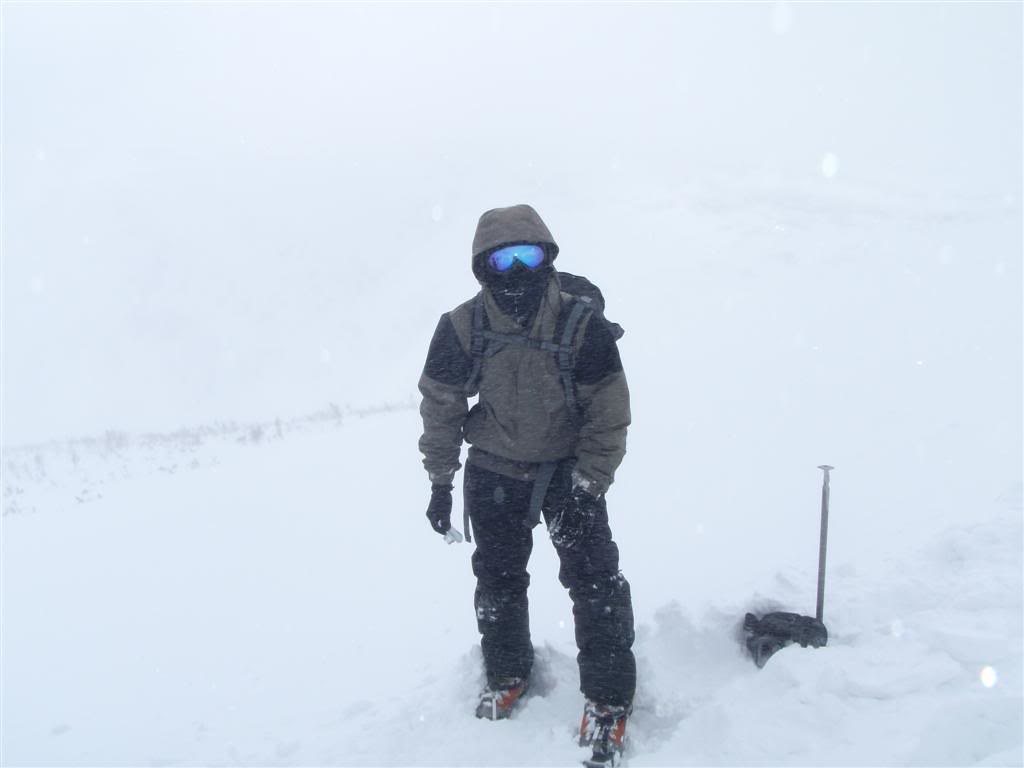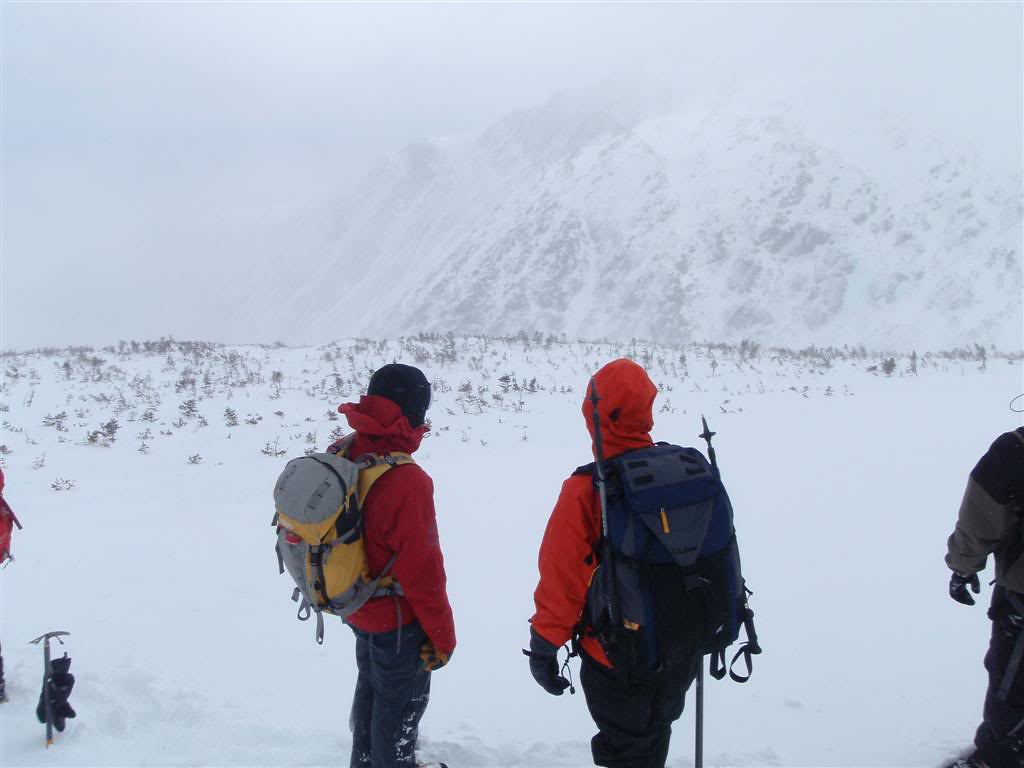- Messages
- 6,309
- Location
- South of Nashville
Next to the body a thick polypropylene long sleeve undershirt, such as the Expedition weight from Cabelas, then a wool shirt, followed by a Polar Fleece vest from LL Bean. Top it off with a wool, or Thinsulate parka. On the head a wool watch cap. Wool socks with insulated boots and gloves. If the wind is up, a wool scarf, a balaclava or an insulated leather triangle for the face.


